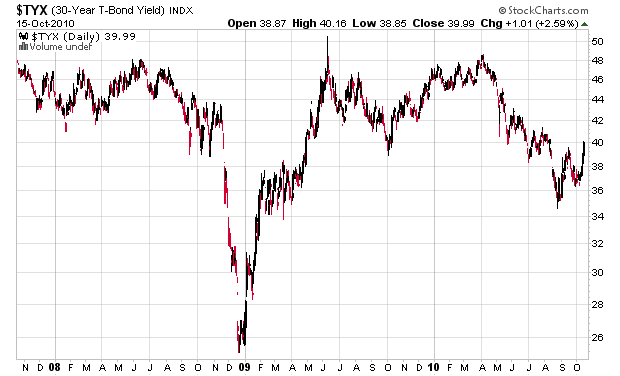The Bank of Canada has left the overnight target rate at 1%. The announcement is here.
Key quotation:
The global economic recovery is entering a new phase. In advanced economies, temporary factors supporting growth in 2010 – such as the inventory cycle and pent-up demand – have largely run their course and fiscal stimulus will shift to fiscal consolidation over the projection horizon. While the Bank expects that private demand in advanced economies will become sufficiently entrenched to sustain the recovery, the combination of difficult labour market dynamics and ongoing deleveraging in many advanced economies is expected to moderate the pace of growth relative to prior expectations. These factors will contribute to a weaker-than-projected recovery in the United States in particular. Growth in emerging-market economies is expected to ease to a more sustainable pace as fiscal and monetary policies are tightened. Heightened tensions in currency markets and related risks associated with global imbalances could result in a more protracted and difficult global recovery.
To translate this into everyday English, the Bank of Canada believes that the growth in the economic recovery is now leveling, and that it is not entirely certain what the next stage will be. They are reading the same tea leaves that everybody else is reading.
Inflation in Canada has been slightly below the Bank’s July projection. The recent moderation in core inflation is consistent with the persistence of significant excess supply and a deceleration in the growth of unit labour costs. The Bank judges that the output gap is slightly larger and that the economy will return to full capacity by the end of 2012 rather than the beginning of that year, as had been anticipated in July. The inflation outlook has been revised down and both total CPI and core inflation are now expected to converge to 2 per cent by the end of 2012, as excess supply in the economy is gradually absorbed and inflation expectations remain well-anchored.
The Bank of Canada will be putting the brakes on further interest rate increases until 2011 at the earliest. I do not project a December rate increase.
Three month corporate paper is yielding 1.17%, and three-month treasury bills are yielding 0.89% yesterday. Today, this will decrease a little bit.
More important are the spread to longer term bonds, which 5 years will yield you 1.95% and 10 years will yield 2.76%.
